Cross Curricular
Unnatural Selections exhibit at Windmill Library. All photos and original artwork/Ross Takahashi.
By Ross Takahashi
beginnings. March 15, 2020
Everything has changed. These new experiences, in this unexpected world, are points to learn how to navigate challenges we could never have imagined. The day the public schools closed was the turning point. My colleagues and I were in a bar when we received the news. All of us asked how are we going to move on from here, what comes next, and what about the students? Distressed, we took turns discussing the future of our classrooms, profession, and livelihood. Teaching elementary art to children in a virtual setting, without the use of many kinetic tools, filled me with dread. There were questions: what about my classroom, home life, exhibitions, incomplete works? That night back at the bar now seems like a moment in the distant past.
educational shifts. March 16 - May 22, cont. August, 2020
Log on, record, edit, voice over, comment, meet, contact, and log off; this was life. It was exhausting, a new kind of exhausting. Students were expected to be present, and I was expected to maintain constant contact, and continue their art education. The students, parents, administration, and I were asking the same thing, “how?” The answer relies on a shift in art education, away from the physical and into the conceptual. One of the biggest challenges was understanding the needs of my students. Homelessness, poverty, and a lack of essentials created a situation where some students were left without pencil and paper. Art education has shifted from having students review basic concepts, to students using their creativity to solve artistic puzzles in a more abstract sense. A girl using Starbucks straws and a quilt to make a composition highlighting line work, a third grader creating a fully reimagined television set as a way of connecting with the past. All creative forms I never thought possible in the classroom or at home. The end of the school year offered some relief, but there was more to come.
Students are immensely resilient and face the world in a way that is considerably unique compared to adults. While we as educators have struggled in a rapidly shifting environment, students have become fairly versed in the digital space. The most difficult piece has been assisting my students and creating new bonds with them away from the classroom. If a student has questions or needs help, the layer of separation creates a barrier in both communication and presentation. With a webcam it is difficult to demonstrate techniques or work a student through a problem with a whole class waiting in a live session. Focus is narrowly geared toward one activity at a time. That brings me to my focus with art education for this year.
Asynchronous is a newer methodology in education where the teacher provides the lesson before meeting with the students. This gives them time to process the information and work independently followed by assistance and discourse. Asynchronous teaching allows me to record a higher quality video lesson for students without the distractions of a live meeting. While this method is great for students it became taxing for me. I was forced to learn how to use video and audio software, lighting techniques, microphone placement, etc. all to provide quality ‘content’ to my students. As much as I have enjoyed the process it has also created an environment where I am working nights and weekends just to record videos for my students.
The problem is that the digital divide remains for not only the students, but for educators as well. Generationally it’s an undertaking to educate educators on how to use software they’re accustomed to while expecting them to provide the best education possible. Old outdated school computers, no webcams, limited internet, etc. many teachers are digging into their pockets again just to meet the needs of students and the demands of the state.
I know that right now ‘education’ is almost a buzzword with how often it is mentioned in the news. Just know that teachers are honestly here for students, parents, and guardians. Everything is tough and we understand all the difficulties. If we work together we can emerge from this in a way that is beneficial for everyone.
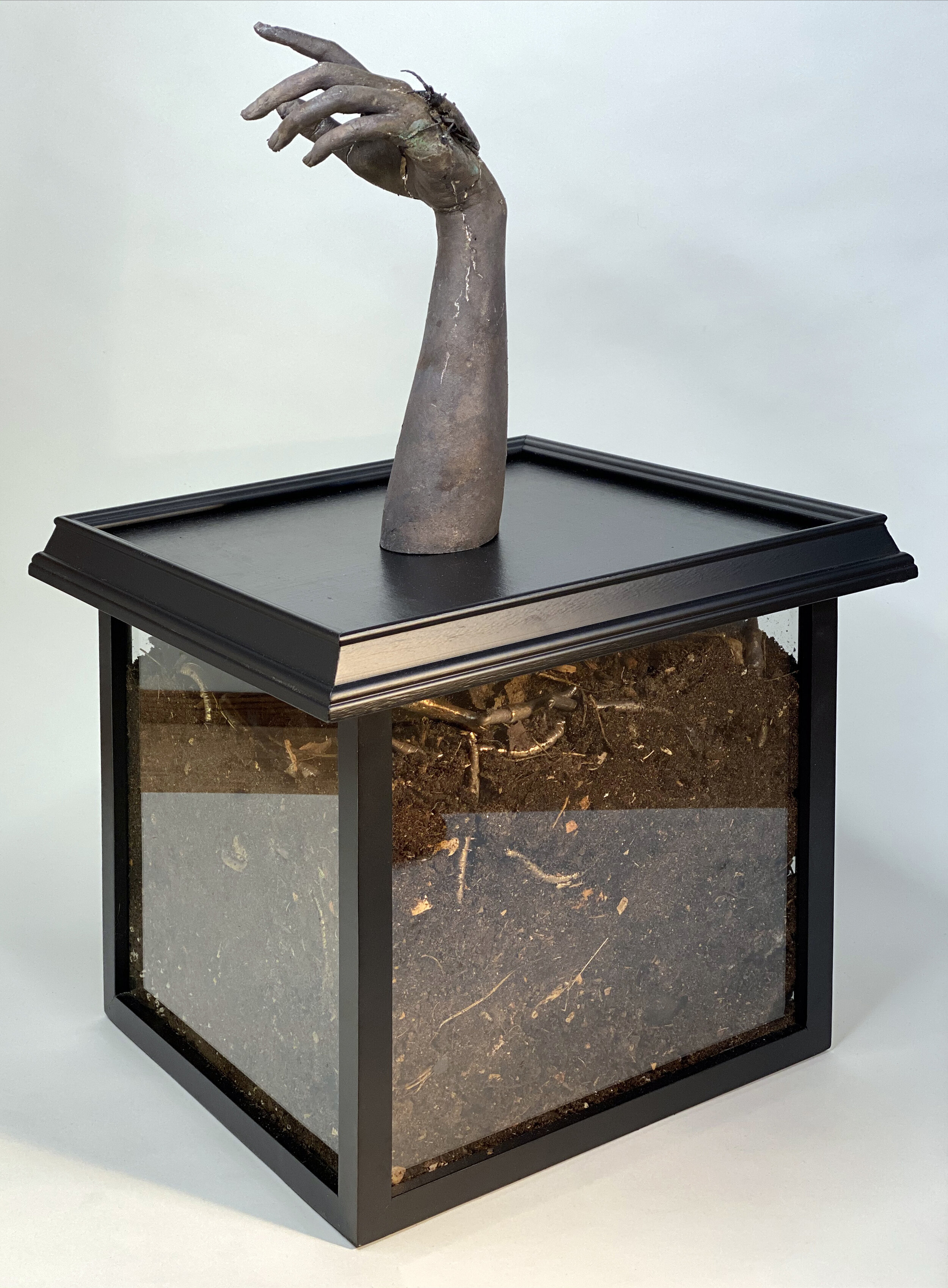
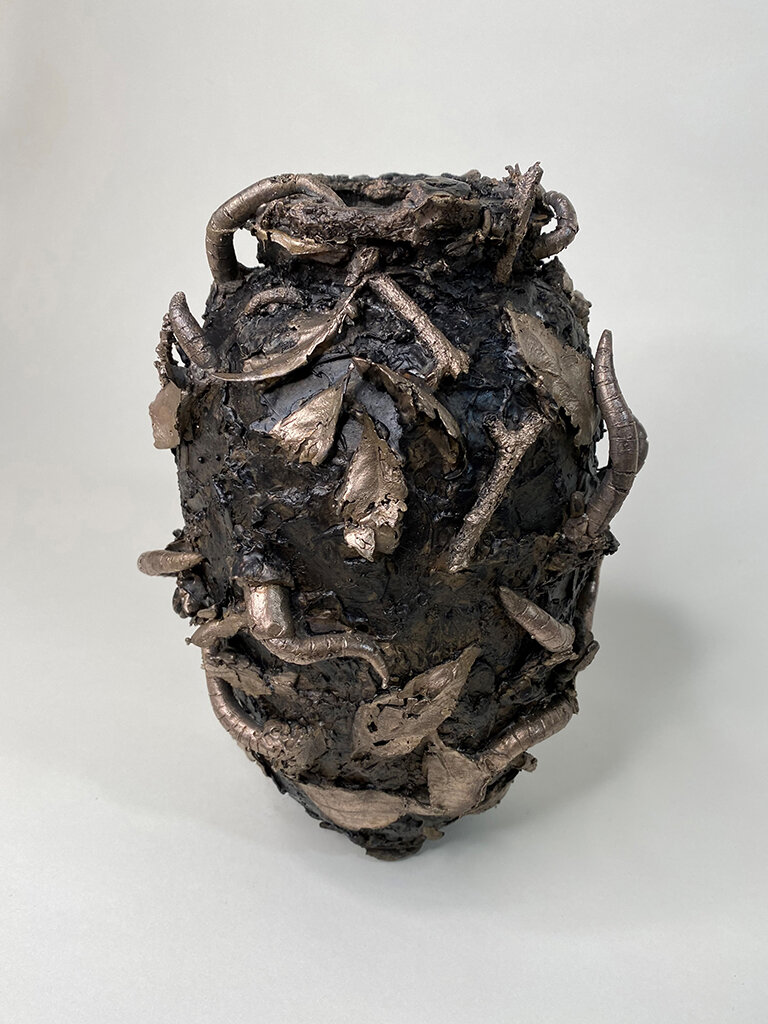
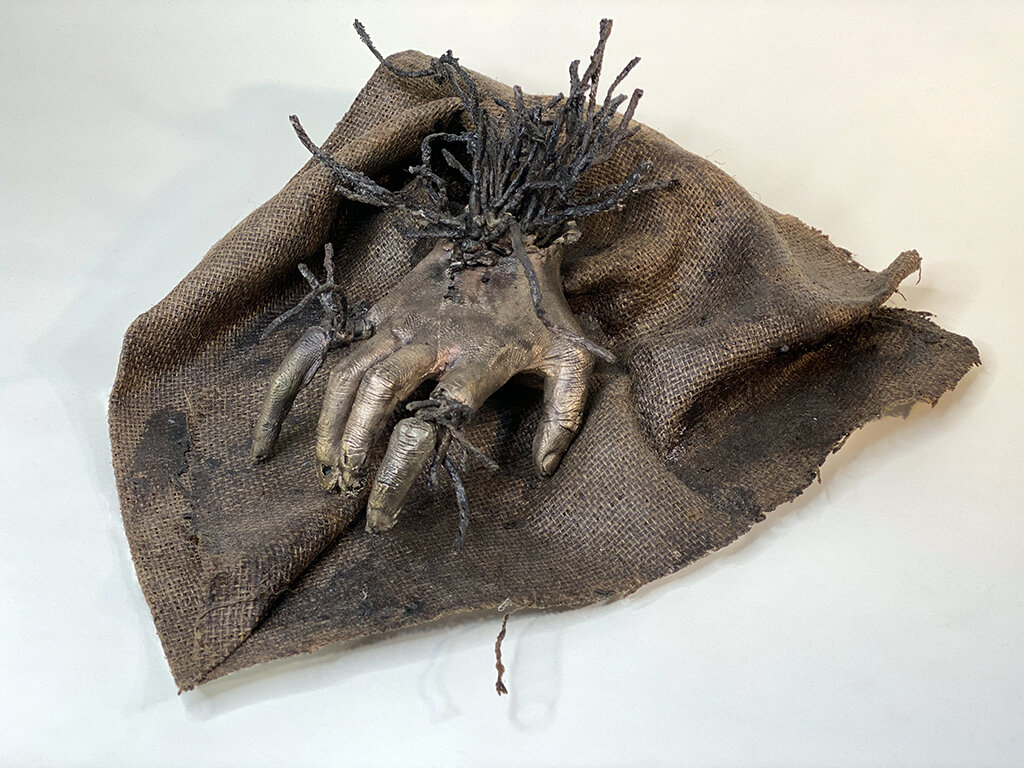
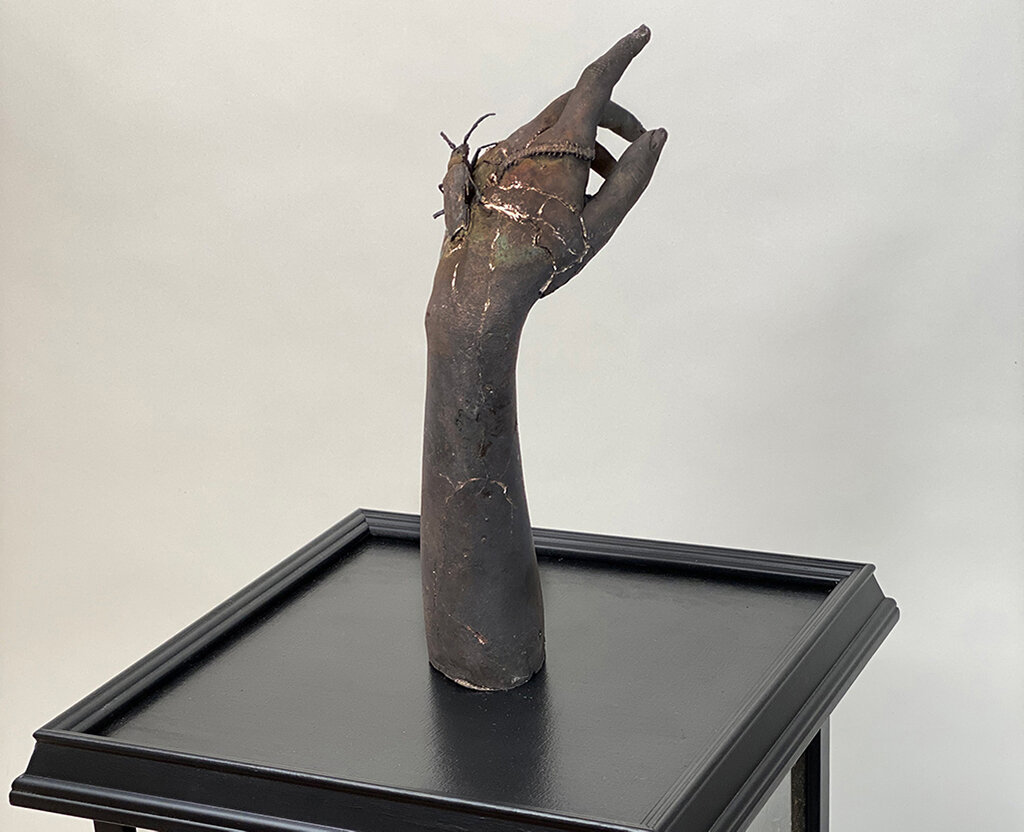

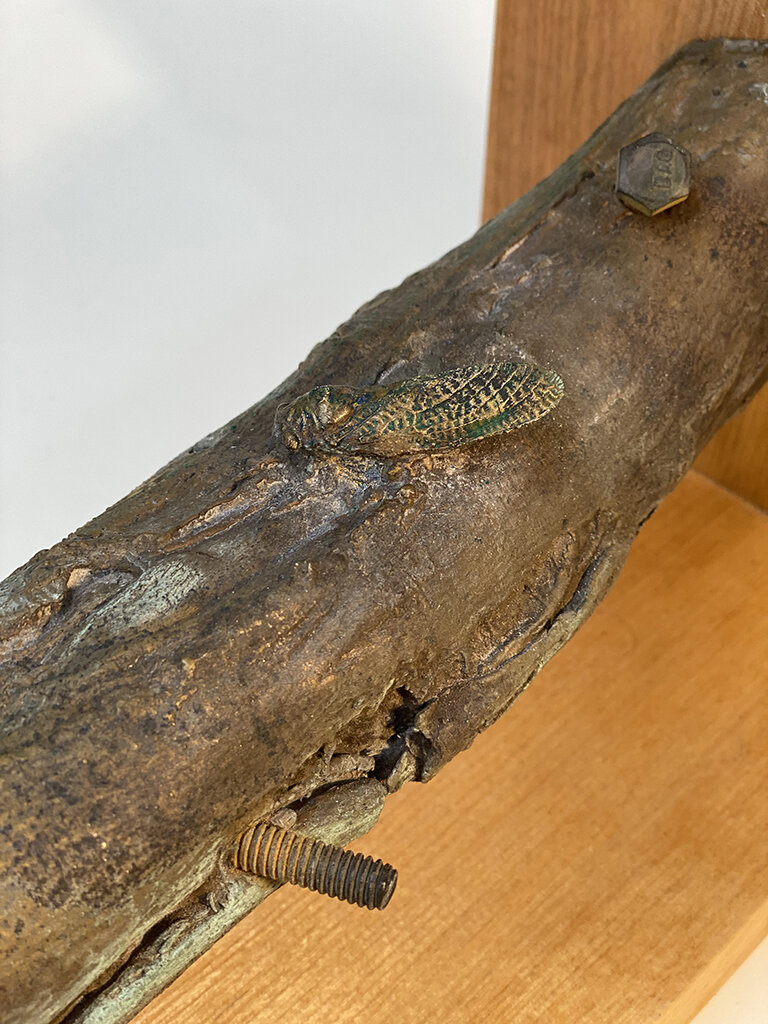
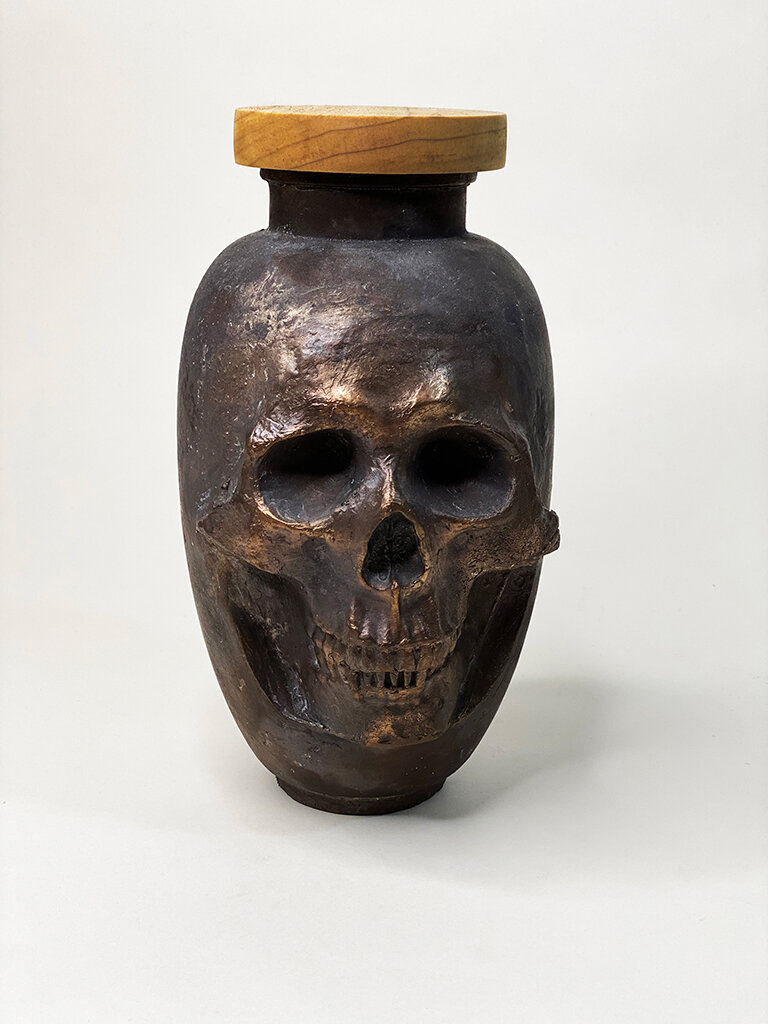
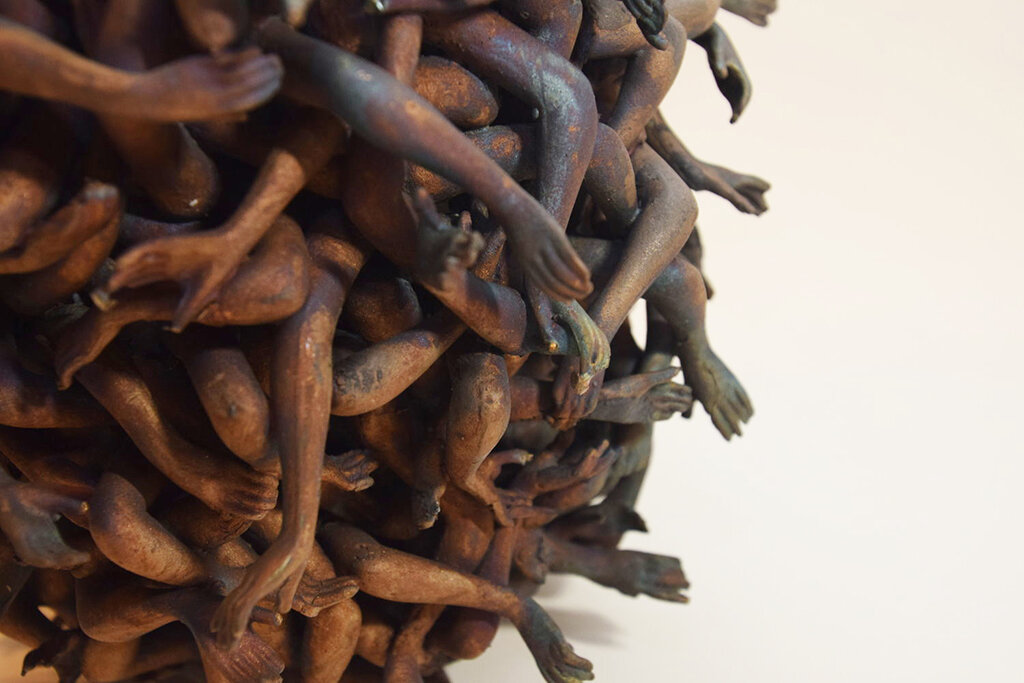
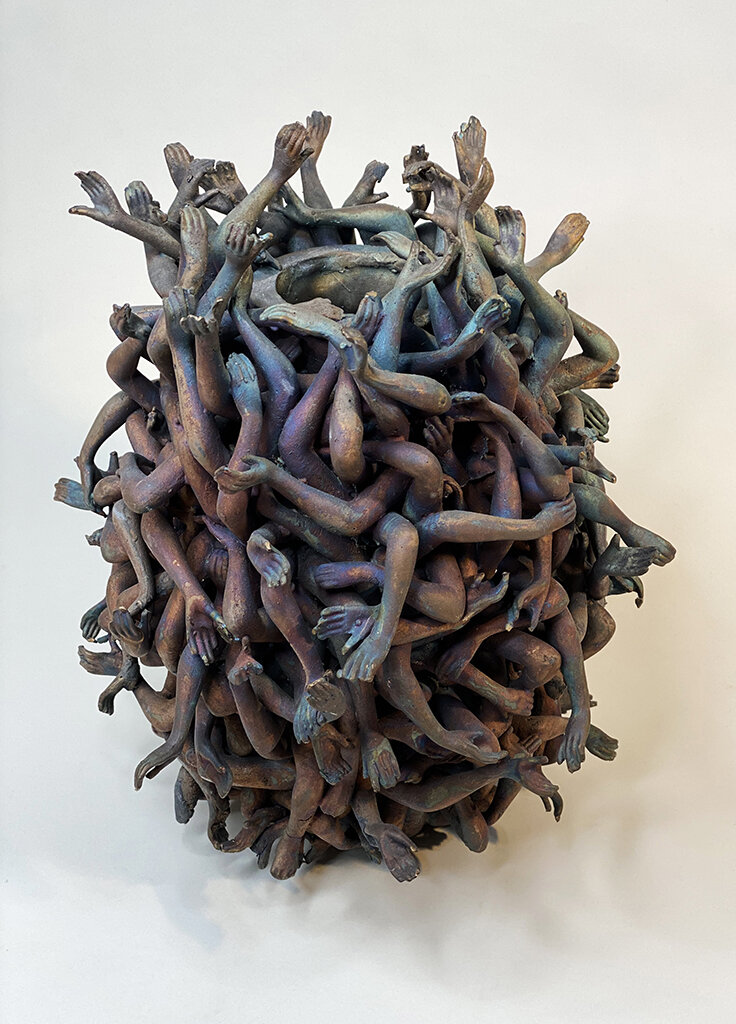
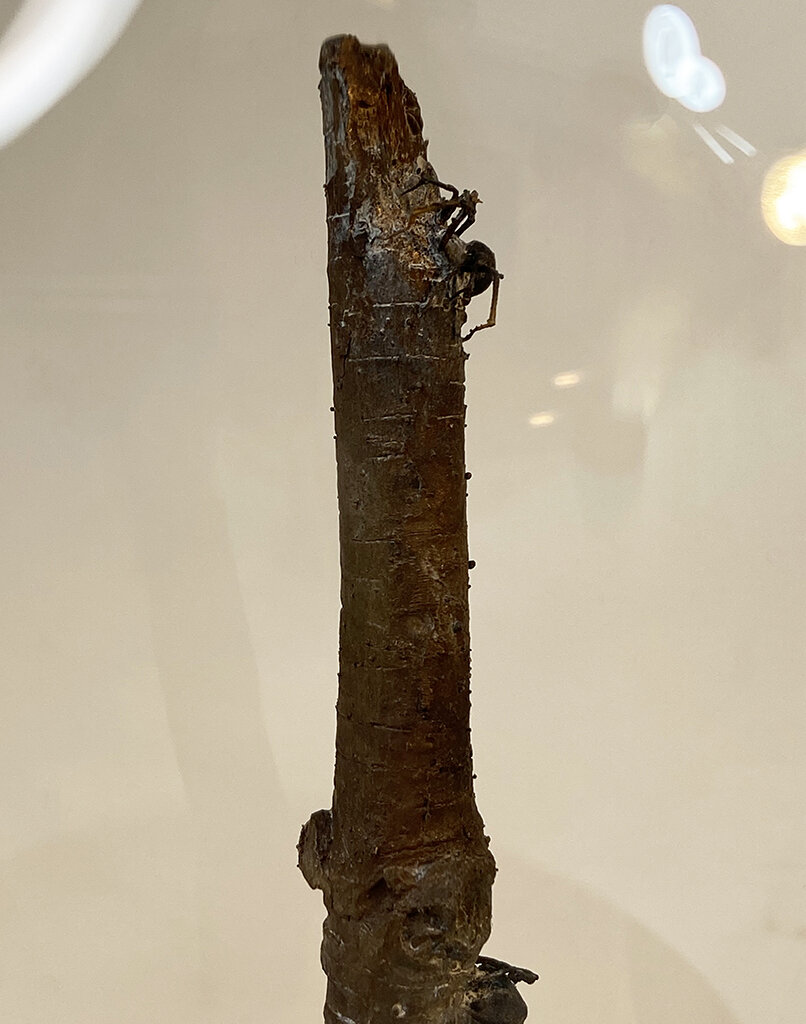
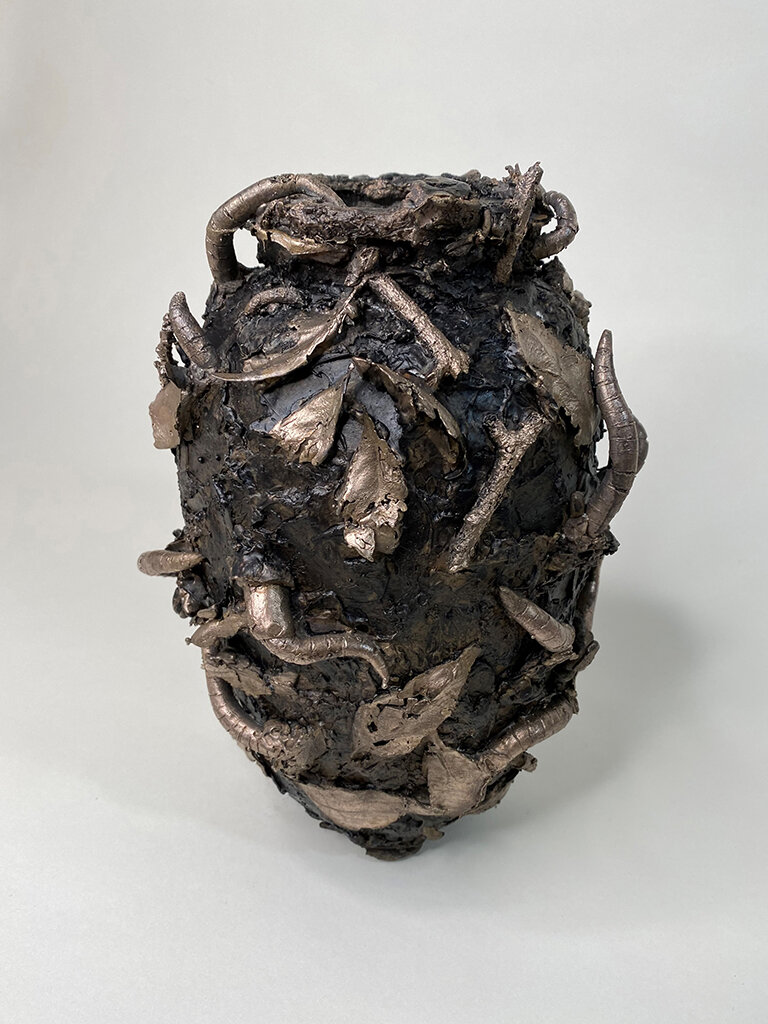
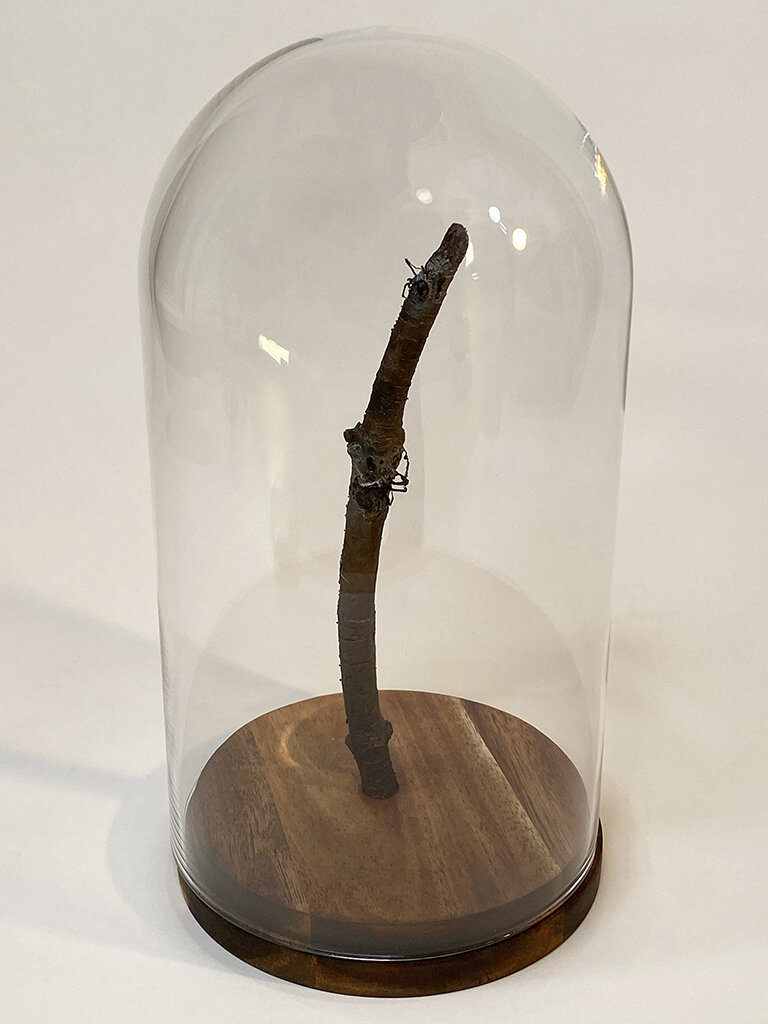
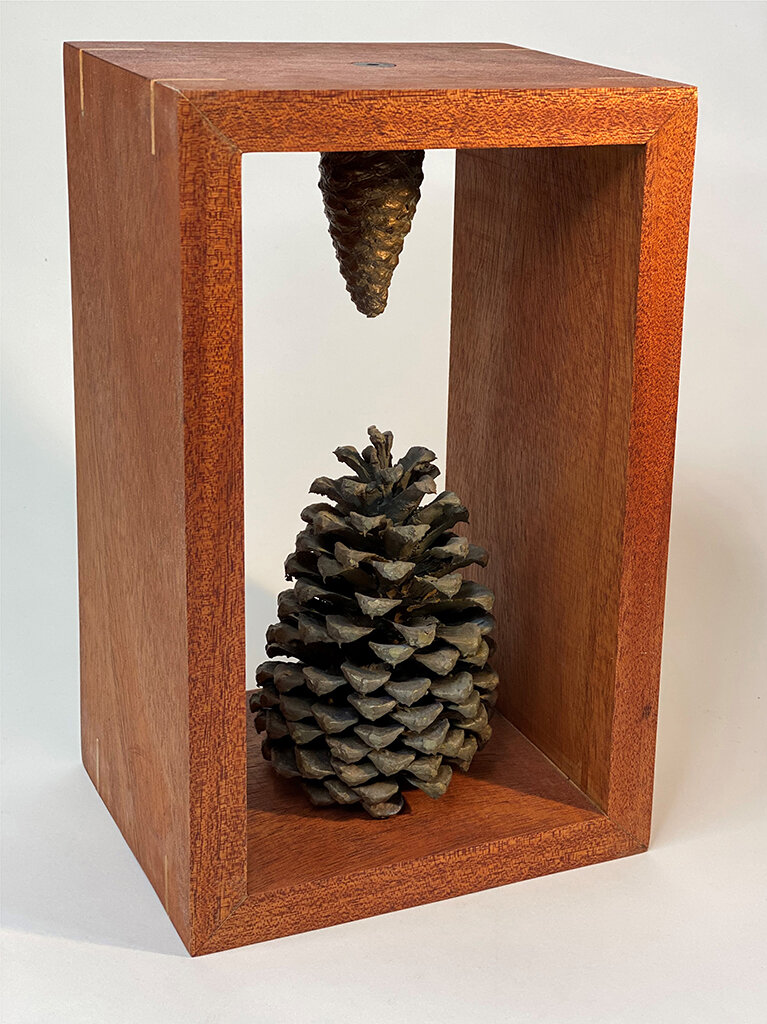
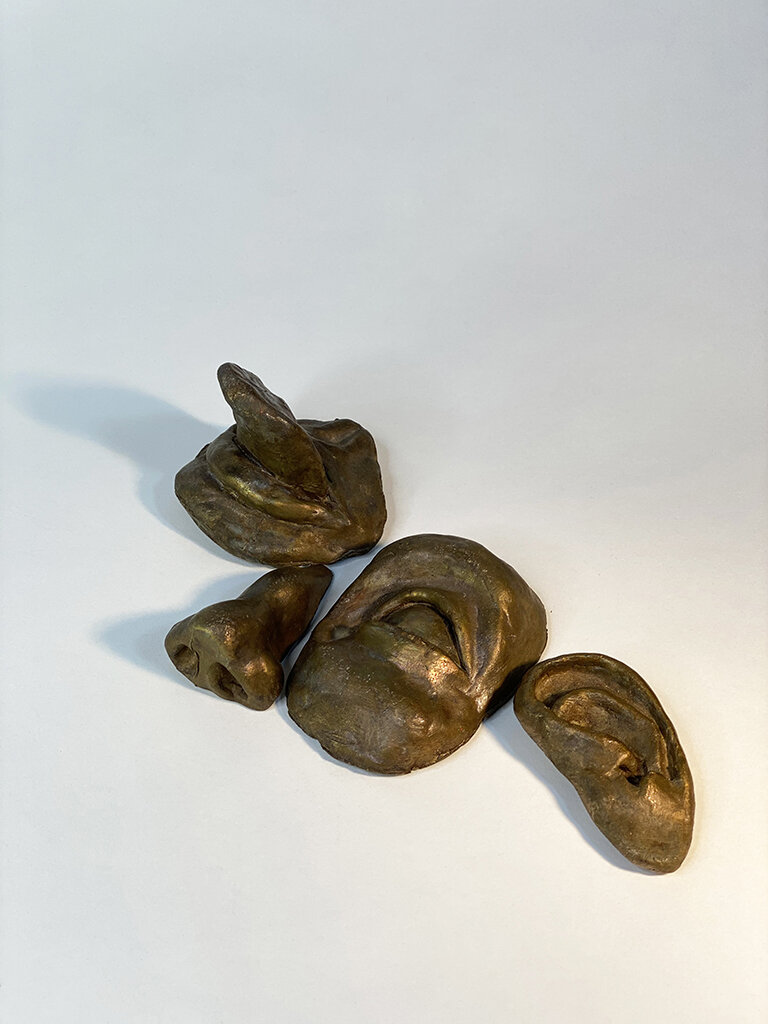
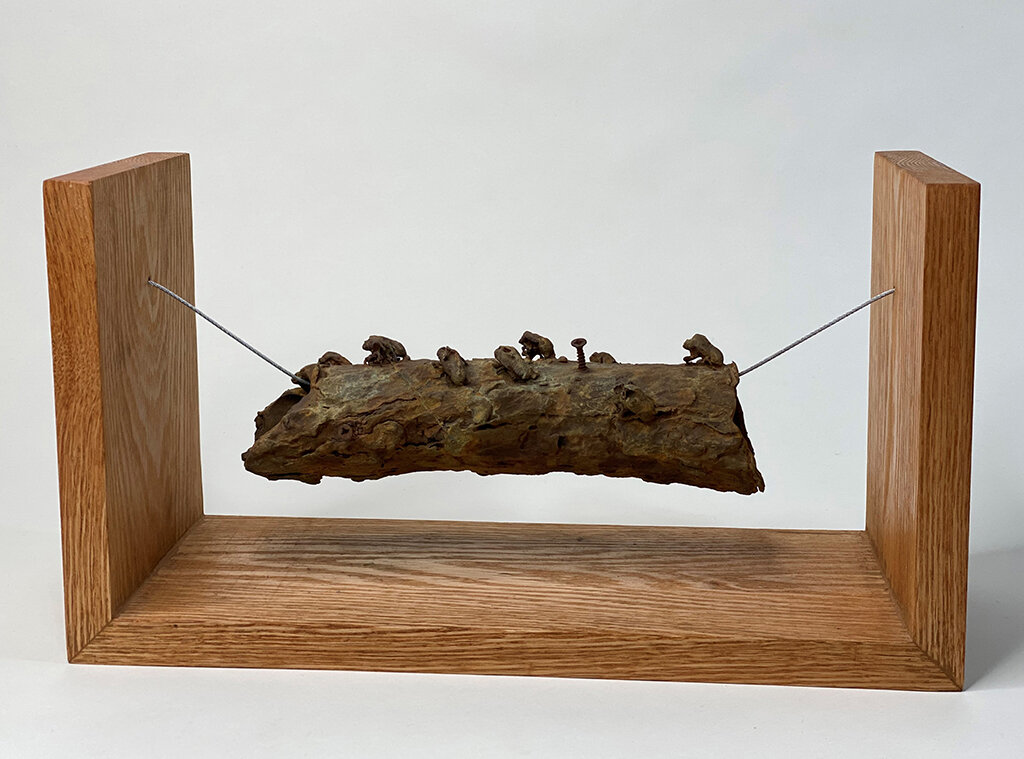
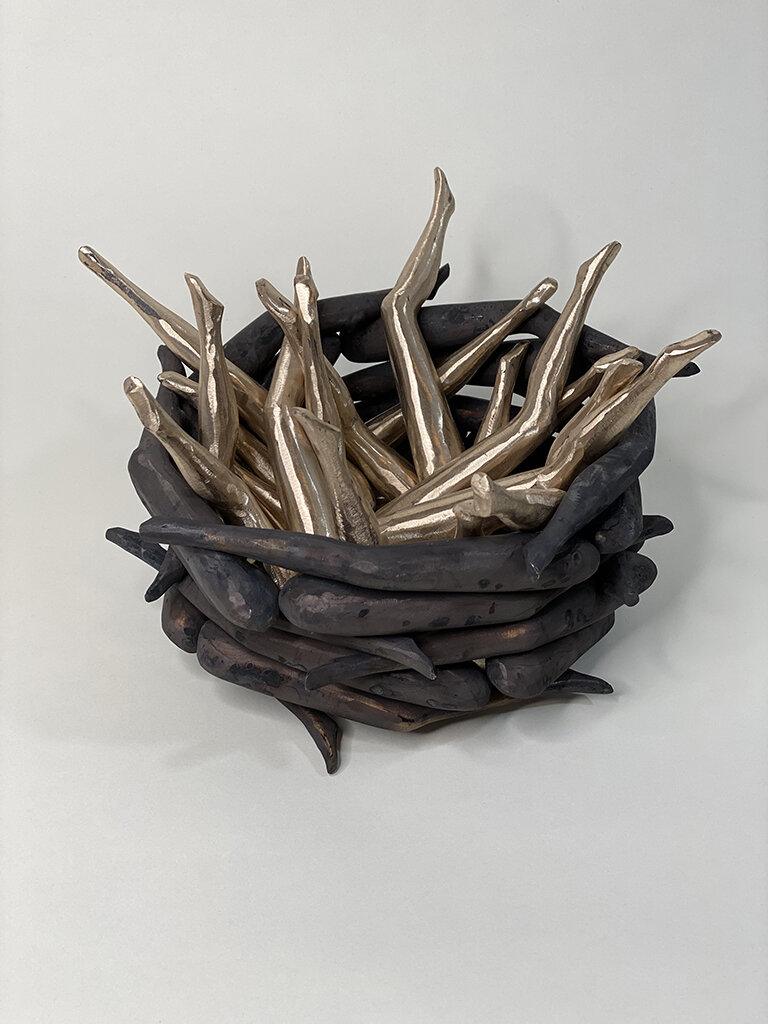
the show must go on. May 25-July 22, 2020
When this began, I was frightened for future exhibitions I was participating in, and my first solo show. From June onward, my focus shifted away from my classroom. Instead my attention went towards finishing personal projects I was planning to display, even if they would not be seen by the world. Every day I would work in a small studio space, lacking the tools I'm accustomed to. Like my students, the closures left me unable to perform certain artistic procedures, and I had to find ways to adapt. With few restrictions, my solo show was still able to take place. I wanted my art to be viewed, and I wanted a reception, even if it was only online. While working with The Clark County-Las Vegas Library District, we were able to live-stream an opening reception. Even though I thought viewership would have declined, I was astonished how many people went out of their way to view the art.
Other art exhibitions started opening as well, and I have been so happy to see the works on display. While there are limitations or appointments that need to be made, it’s wonderful seeing people’s work up close and in person. Nevada has come a long way from the initial closures, and I’m glad that galleries are being safe. We all need that artistic contact and connection—it reminds us of what it means to be human.
Kaiju, Linocut, 8x10, 2020.
what comes next? July 25-Future 2021
I started to look inward at my sense of self within the world, as isolation/quarantine ran late into the summer. Based on my experience being hapa (mixed/multi-racial Asian), I started a small series of works. Growing up in rural northern Nevada there was a lack of diversity. My family were the only Asians that I knew or interacted with. It was not until I moved to Las Vegas that I found out that I was not alone, and in fact there were more people like me. The problem was that even being surrounded by new Japanese faces, I still felt like I did not belong. Every time I would interact with my Japanese friends I felt like I belonged, culturally we were similar. I understood the small “isms” in their households. However, there was still a stigma that came from these interactions. “...You’re only half.” “...you aren’t full…” “...you’re more white.” All of the times I had heard this from friends, their parents, all impacted me. Where do I belong? Nevada has a unique population in that statistically we have the largest portion of Hawaiians outside of Hawaii, and a large hapa population because of this.
As I explored the culture, the project quickly became something more than myself. I reached out to other hapa individuals to hear their stories. The goal of my project is to transform their stories and common threads that connect us into a series of sculptures. Giving a voice to an unspoken group, one that often sits between worlds. It was enlightening and therapeutic to learn about the connections we share such as model minority myths, disassociations, lack of belonging, etc. Alongside this endeavor I am working to curate an exhibit that will highlight the work of hapa artists from around the country, many of which I had the pleasure to interview.
Between Two Worlds, Linocut, 8x10, 2020.
closure. continued.
We have begun to find new ways to connect ourselves together as this virus has spread. Virtual classrooms, online gallery receptions, and meeting new people via Zoom; life is different. How will we move forward with these changes? Adapt, create, and connect regardless of the circumstances... We will find a way.
Ross Takahashi is a native Nevadan from southern Lake Tahoe who currently resides in Henderson, Nevada. Takahashi holds a BA in Psychology from Nevada State College and teaches art at Doris French Elementary School. Outside of school Takahashi works as a sculptor. His work has been featured at Franconia Sculpture Park, Minnesota, and he is part of Nevada State College’s Arts and Culture Council.
Thank you for visiting Humanities Heart to Heart, a program of Nevada Humanities. Any views or opinions represented in posts or content on the Humanities Heart to Heart webpage are personal and belong solely to the author or contributor and do not represent those of Nevada Humanities, its staff, or any donor, partner, or affiliated organization, unless explicitly stated. At no time are these posts understood to promote particular political, religious, or ideological points of view; advocate for a particular program or social or political action; or support specific public policies or legislation on behalf of Nevada Humanities, its staff, any donor, partner, or affiliated organization. Omissions, errors, or mistakes are entirely unintentional. Nevada Humanities makes no representations as to the accuracy or completeness of any information on these posts or found by following any link embedded in these posts. Nevada Humanities reserves the right to alter, update, or remove content on the Humanities Heart to Heart webpage at any time.





